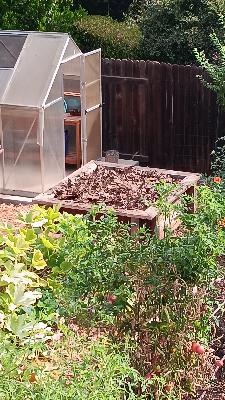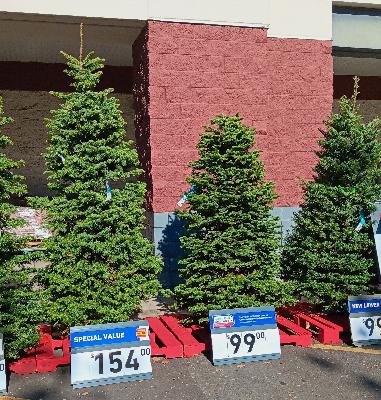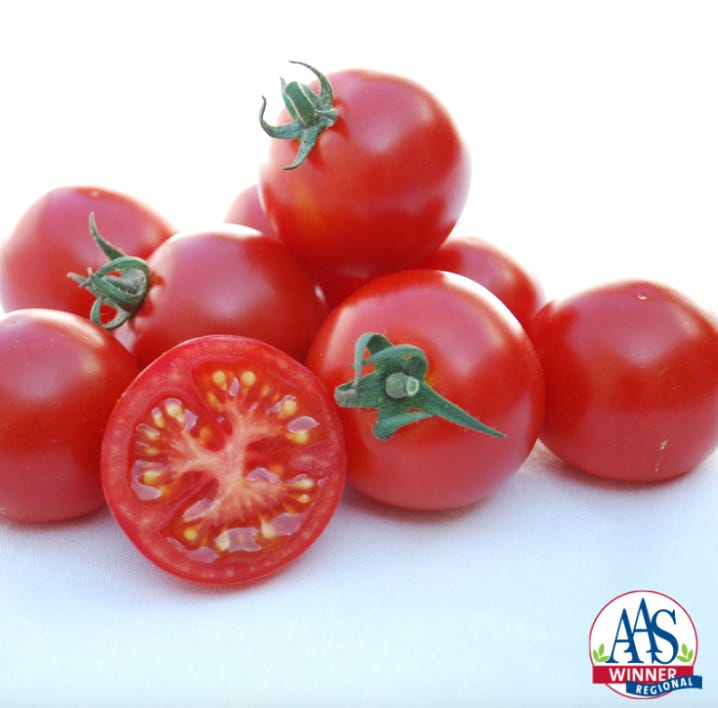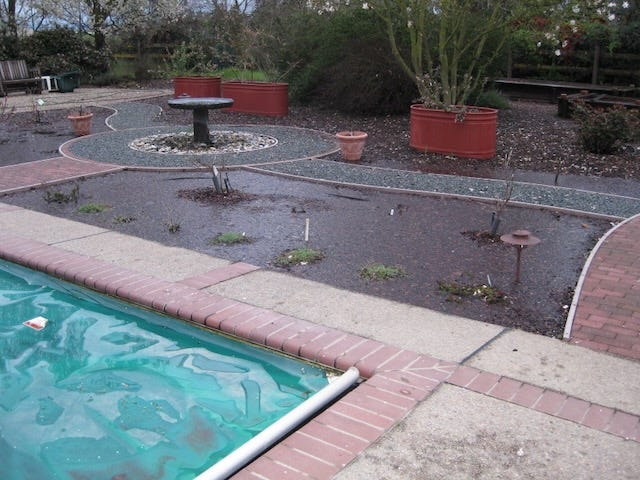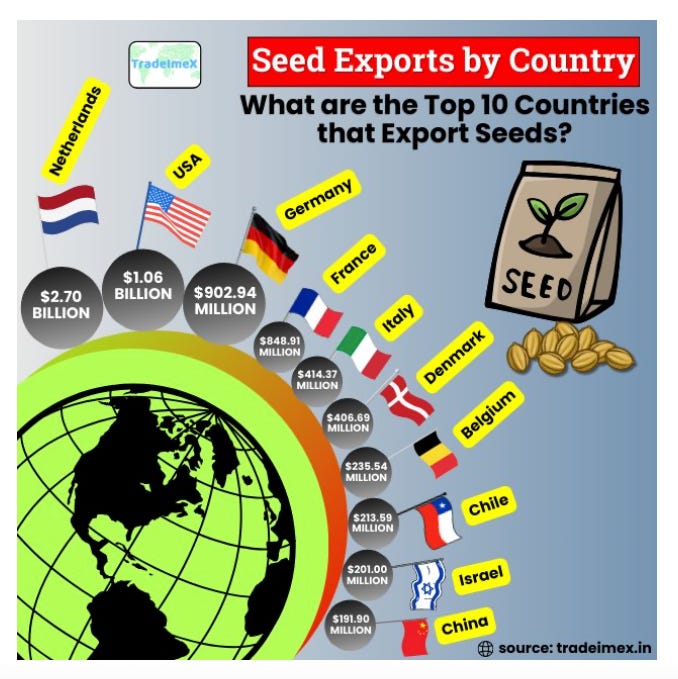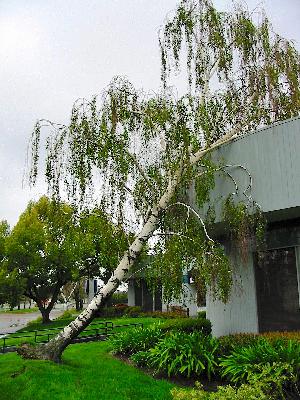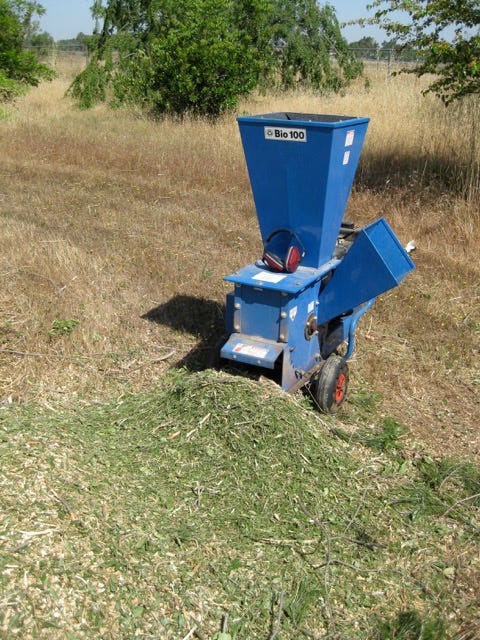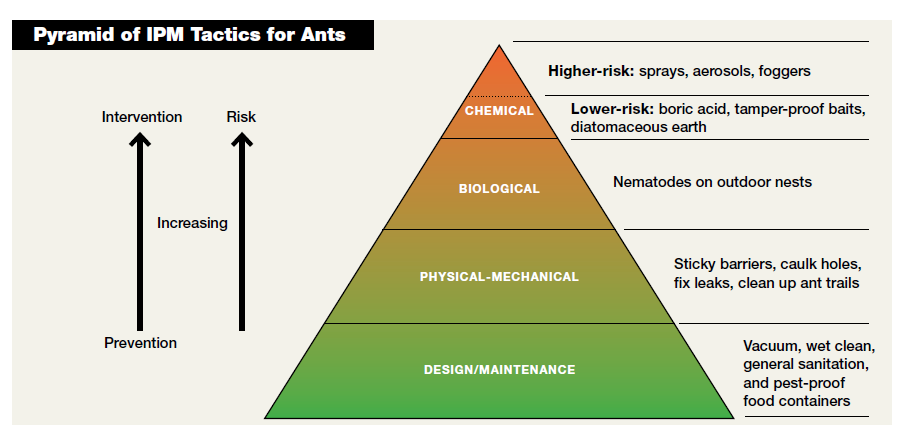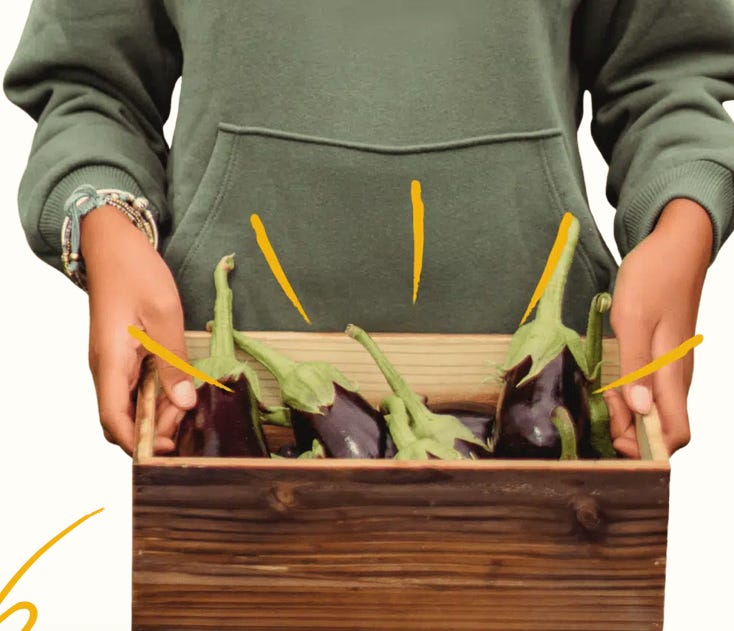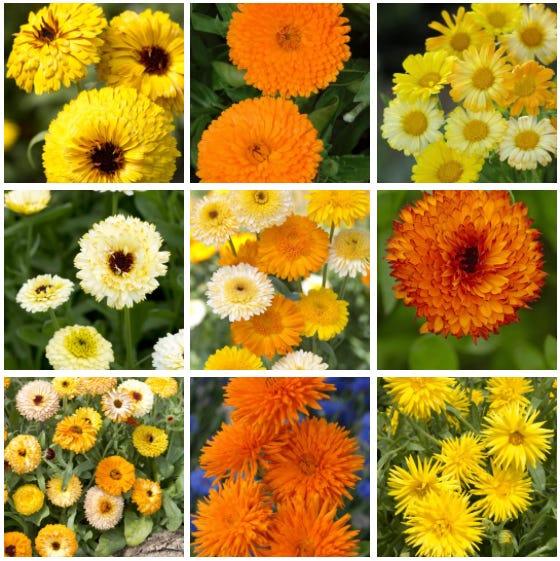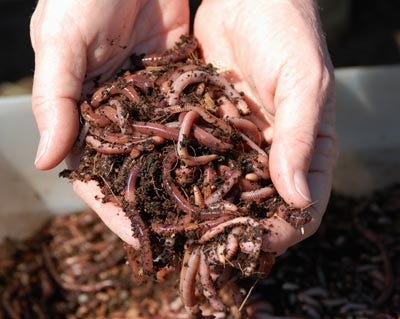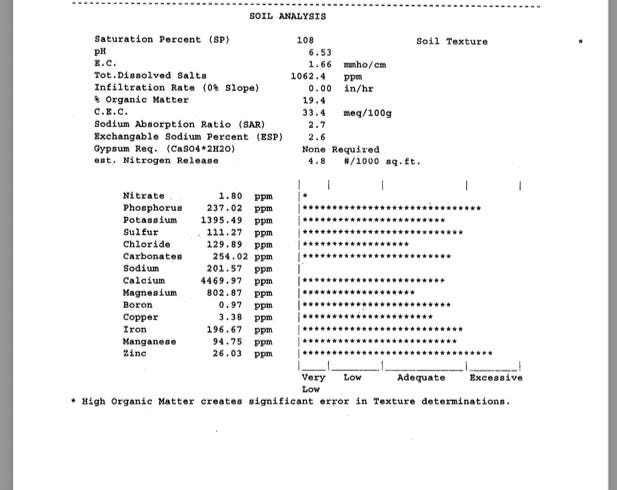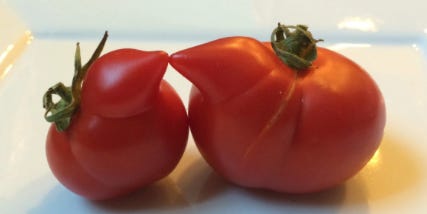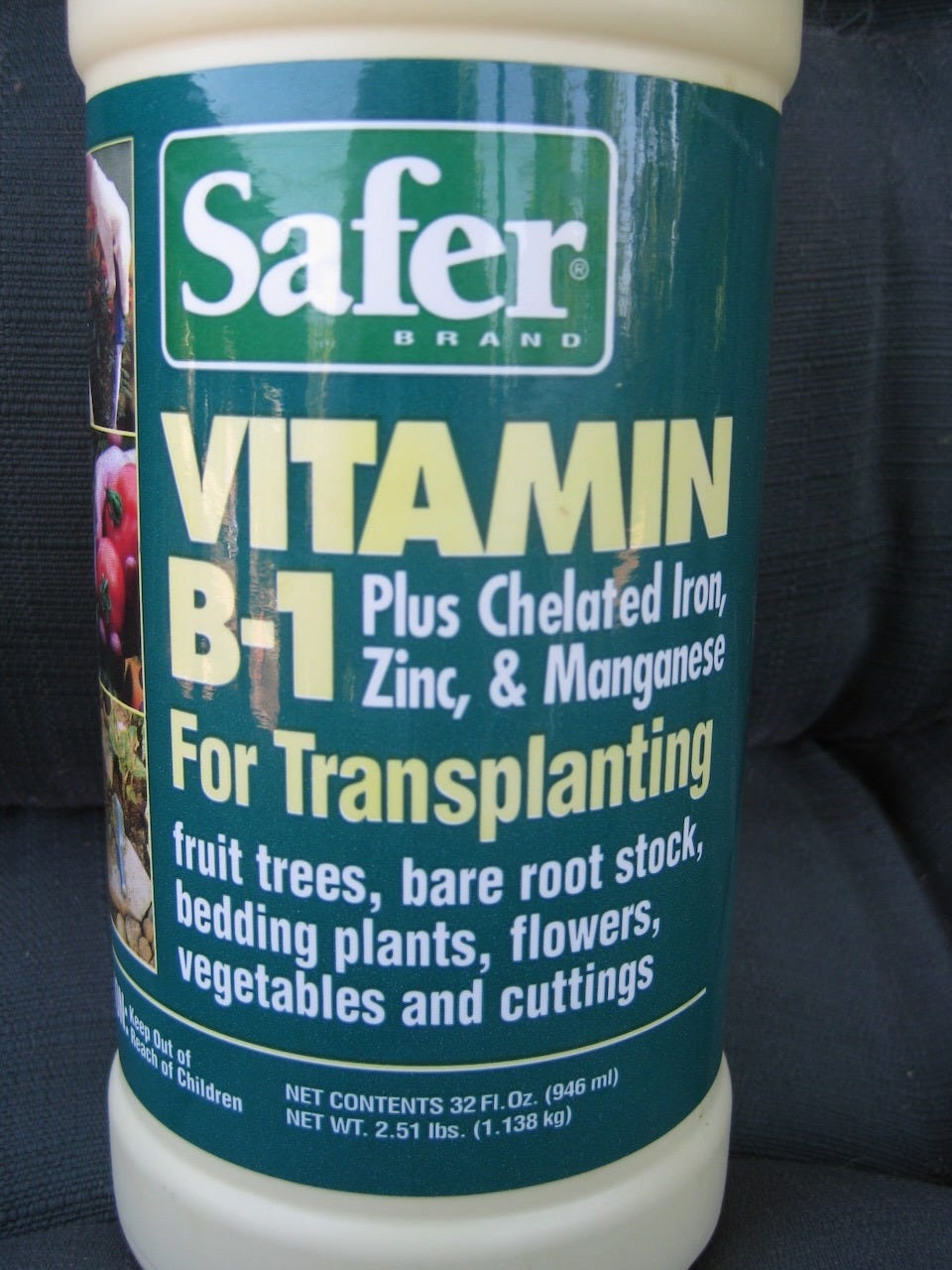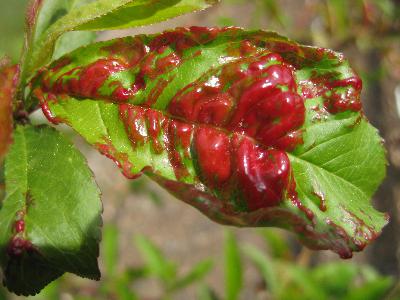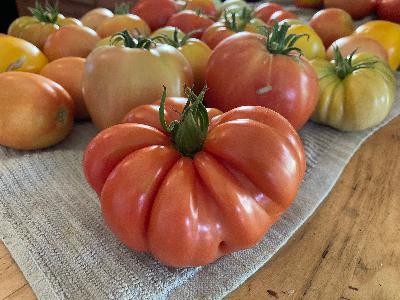Feed Your Soil, Cool Season Edition
Description
We are transitioning from the summer gardening season to cool season vegetables and flowers. However, maybe you don’t want to put in cool season crops. A word to the wise: don’t leave your fading summer garden lingering (or drooping) in the garden; doing that invites insect and disease pests to overwinter in that standing debris. In its place, there are some inexpensive and easy things you can do that will not only minimize pest problems for the following year, but also feed your soil and make it even better for next year.
In today’s newsletter podcast, soils expert Steve Zien explores how cultivating an environment that nurtures soil biology lays the groundwork for vibrant plants.
Among the topics in the podcast:
0:05 Goodbye, tomatoes, squash and peppers
0:53 Feeding the Living Soil
3:56 What’s Missing from the Soil?
4:58 Understanding N-P-K
6:52 The Importance of pH
8:33 Adjusting Soil pH
9:25 Benefits of Mulching
10:23 Managing Soil Moisture
14:01 Fall Planting and Soil Care
Tips for a Healthier Soil
The University of Minnesota Extension has six tips for a healthier soil:
• Get a soil test done to find out what nutrients your garden soil is missing. Some universities offer low-cost soil tests, including U. Mass/Amherst, Colorado State, Texas A&M, and Utah State.
• Mix in organic matter. This could include fallen leaves, roots, and general plant litter.
• Incorporate compost and worm castings to compacted soil to increase air, water holding capacity, and nutrients for plants.
• Protect topsoil with mulch, leaves, or cover crops.
• Don’t use chemicals unless there’s no alternative.
• If possible, rotate crops.
Soil pedologist Steve Zien concurs, saying if people want inexpensive, easy ways to improve their soil during the winter, and they don’t want to grow cool season cover crops, two easy tasks can greatly improve your soiI: cut off your summer crops at the soil level, but leave the root system in place. Then, cover that soil with several inches (six to ten inches) of mowed-over or chopped-up leaves that are beginning to fall from the trees.
“Doing that is absolutely wonderful for your garden soil,” says Zien, who is based in Sacramento County. “It regulates the soil temperature, keeping it warmer. The fact that the leaves are ground up makes it easier for the worms that are in your soil to come up and feed, aerating your soil and taking that organic matter down into the soil. So, you will get nutrients moving down into the soil, increasing the nutrient value, and you will get more soil biology. And the more soil biology you have, the more diversity, the more numbers of beneficial microorganisms, the healthier your soil will be and the healthier your crops will be. That increase of beneficial soil biology will naturally combat pest problems.”
Zien goes on to say that the root mass remaining in the garden will improve the soil, as well. “The roots will decompose quickly,” says Zien. “The biology will basically reduce them to nothing. And there will be large pore spaces where those roots were. When you irrigate, the water will go down very nicely, which is important, especially if you have a clay soil.”
This breaking down process of the roots will happen quicker if you already have healthy soil, teeming with microbes. What can gardeners do to begin that process?
“Leaving crop residue and leaf mulch on the soil surface will still be worthwhile,” explains Zien. “The mulch and the underground crop residue protect the soil from nature’s forces of wind and water, reducing erosion and the impact of raindrops on bare soil. When a raindrop hits bare soil it loosens the sand, silt and clay particles. That moves them around in a way that results in the creation of a hard crust that seals off the soil. Topping the soil with crop residue and mulch instead will conserve moisture, reduce the need for irrigation, prevent weed growth and will insulate the root zone from heat and cold, creating a more favorable environment for the development of beneficial soil biology.”
Zien warns that part of building healthy soil may require a change in some of your gardening habits.
“One must also realize that the good soil organisms are destroyed by synthetic fertilizers and pesticides, therefore their use must be eliminated or at least minimized,” says Zien.
“The sooner you adopt these practices, the faster you will create a healthy soil food web with good soil structure and an abundance of organic matter capable of producing the garden and landscape of your dreams.”
Beyond The Garden Basics with Farmer Fred is a reader-supported publication. To receive complete posts and support my work, consider becoming a paid subscriber.
Here’s the complete transcript of the conversation with soil pedologist Steve Zien in today’s podcast (above):
Farmer Fred:
[0:00 ] Well, it’s the change of seasons, kind of, and you might be ripping out your summer vegetable garden. Goodbye, tomatoes, squash and peppers. Hello, broccoli, cauliflower, peas and whatever. But before you add your cool season vegetables to your garden, what about your soil? That would be what my guest would tell you. Steve Zien, pedologist, soil expert. We’ve talked before with Steve, and one of the most popular episodes in the Garden Basics series has been where he’s talked about feeding your soil. And Steve, as people change over to the seasons, to cool season, just like they would change into the spring season in March or April, this time of year, you got to feed the soil because taking out plants and putting in other plants, well, those new plants may be getting off to a weaker start unless you did something to the soil first.
Steve Zien:
[0:53 ] Yeah, exactly. And you’ve got to realize a lot of people when they’re thinking about putting things down for the soil, under the soil for feeding the plants, what we really have to realize is that the soil is alive. Teaspoon of soil contains more microscopic organisms than there are people on earth. And it’s these organisms that nurture your plants. They provide water, nutrients, and even pest management. And if you’ve got clay soil, and I suspect a few of your listeners have clay soils, these are the organisms that create soil structure that will open up that clay soil so that water and air and nutrients and roots and everything can move through and function. And they actually glue the sand, silt, and clay particles together and create a diversity of pore spaces so that you have these large pore spaces where air will exist in the soil. Without those large pore spaces, you don’t have any air and people have a lot of problems with their soil. You know, the goal of fertilizing and amending the soil is to create this healthy soil. You want to feed the living soil. We want to get away from the whole idea of feeding the plant. It’s all about creating a favorable environment for the soil biology, because that’s what takes care of your plant.
Farmer Fred:
[2:16 ] Now, most gardeners would think, OK, I’m taking out my summer vegetable garden. I know those plants used up a lot of nitrogen. So all I need to do is just add some nitrogen fertilizer and everything will be fine. In reality, if you did that, what would happen?
Steve Zien:
[2:31 ] Not much, especially depending upon what kind of fertilizer you use. But what you just talked about, actually, when I was in ag school 3,000 years ago, that’s what we were taught. But they did not realize at that point that the soil was alive and we need to feed the soil. And one of the things that you have to realize is that soil biology eat the most of is organic matter. And so you need to put in organic matter. And you do that not by tilling the soil. Killing the soil destroys the soil structure and actually ends up compacting the soil and kills the soil biology. So you just want to put these things on the soil surface. The best two things that you can put down are worm castings. Those are my favorite, especially if you’ve got clay soils because they contain a lot of different kinds of soil biology. And composting, just put it on top of the soil.
And then as you irrigate this time of year, because we still have to irrigate, and then later on in the season when we get rains, the rains and the irrigation will work that organic matter into the soil. Also, by putting that organic matter on the soil surface, worms will come up every single night and feed on that material and go back down in the morning.
And they’ll act as Mother Nature’s rototillers. And so they’re going to, you know, that organic material, the compost and the worm castings will eventually disappear because it’s going to be going into the soil, feeding the soil biology. And when you see that gone, time to add more.
Farmer Fred:
[4:12 ] What is missing from soil at the end of a growing season?
Steve Zien:
[4:17 ] Nitrogen is certainly one of them. And so you do want to add some sort of nitrogen source. Ideally, what I like to try and recommend people do is do a soil test. Ideally, you send your soil off to a lab and you get a full analysis, but that’s more expensive and more complicated than a lot of people want to do. But you can go to your local nursery and they have soil test kits that are relatively accurate, accurate enough for our purposes. And they will test the nitrogen, phosphorus, potash, and the pH. And then you will know whether you need to add more nitrogen, phosphorus, potash, or adjust the pH of yo

